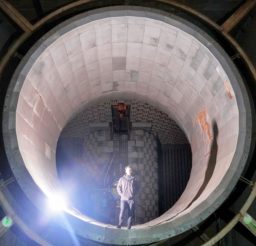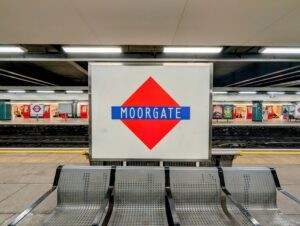Abandoned Kent: WWI Prison, Sandwich | Urbex
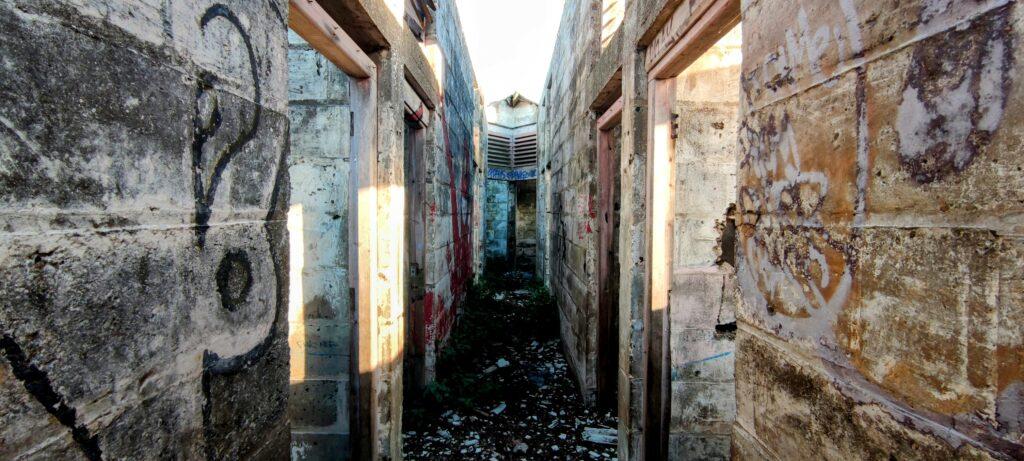
A nice easy explore- simple to find and on the boundary of a public footpath- what a treat! After ambling along a footpath which passes an old roman fort and alongside a beautiful river, this crumbling building emerged through the trees.
Richborough Secret Port- World Wars
During the First World War, a secret “Q” port was built on the banks of the River Stour in order to ferry troops and munitions across the channel. Camps were occupied by thousands of soldiers ready to cross to France and Flanders, as well as those working in the port. The site was originally built as a storage depot by the Royal Engineers in 1916. Throughout the war it was developed to enable the construction of cross-channel barges, and a large wharf was built for loading them. Later in the war, a terminal for mooring cross-channel train ferries was added. These train ferries were capable of transporting trains, tanks and railway-mounted guns. The site is notable for the development of the first electric cranes and the first use of small aircraft carriers.
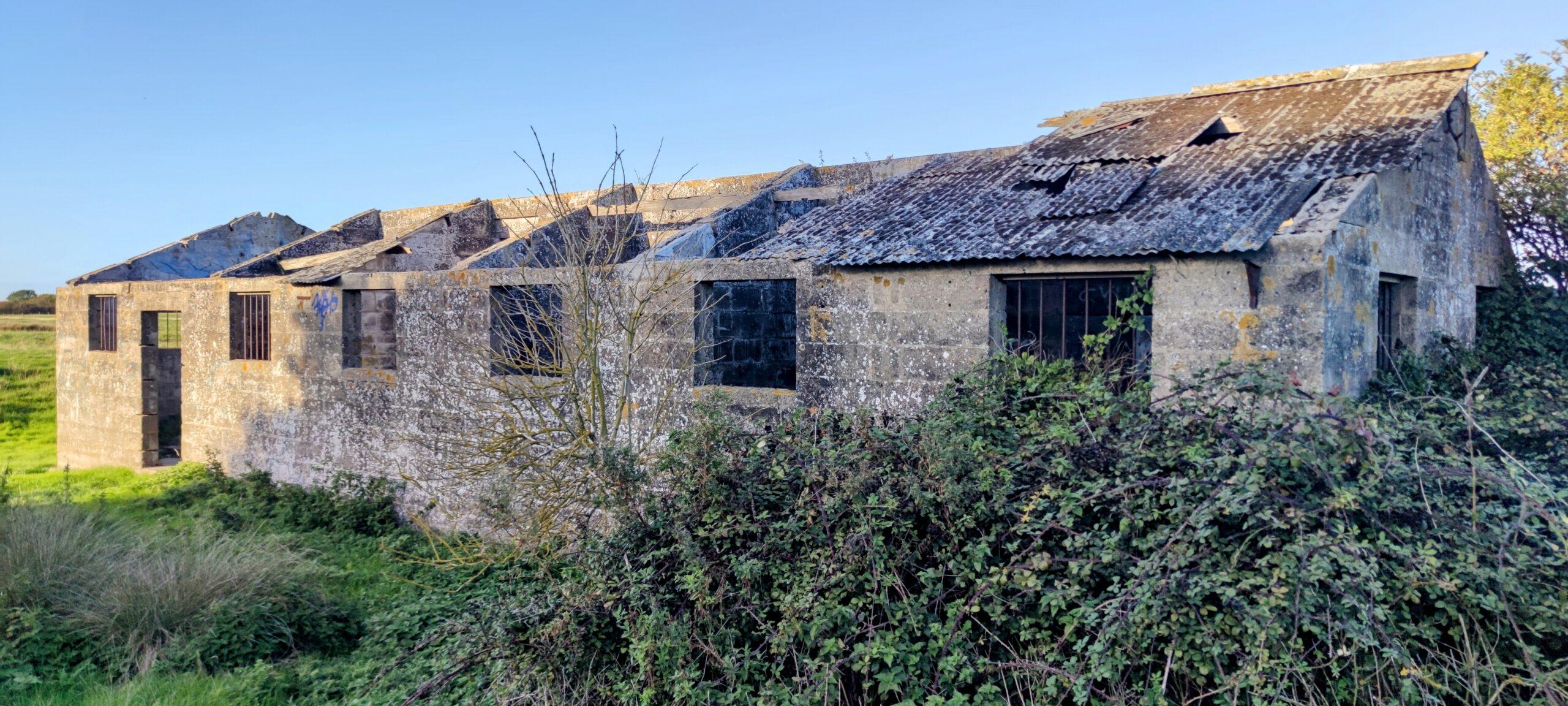
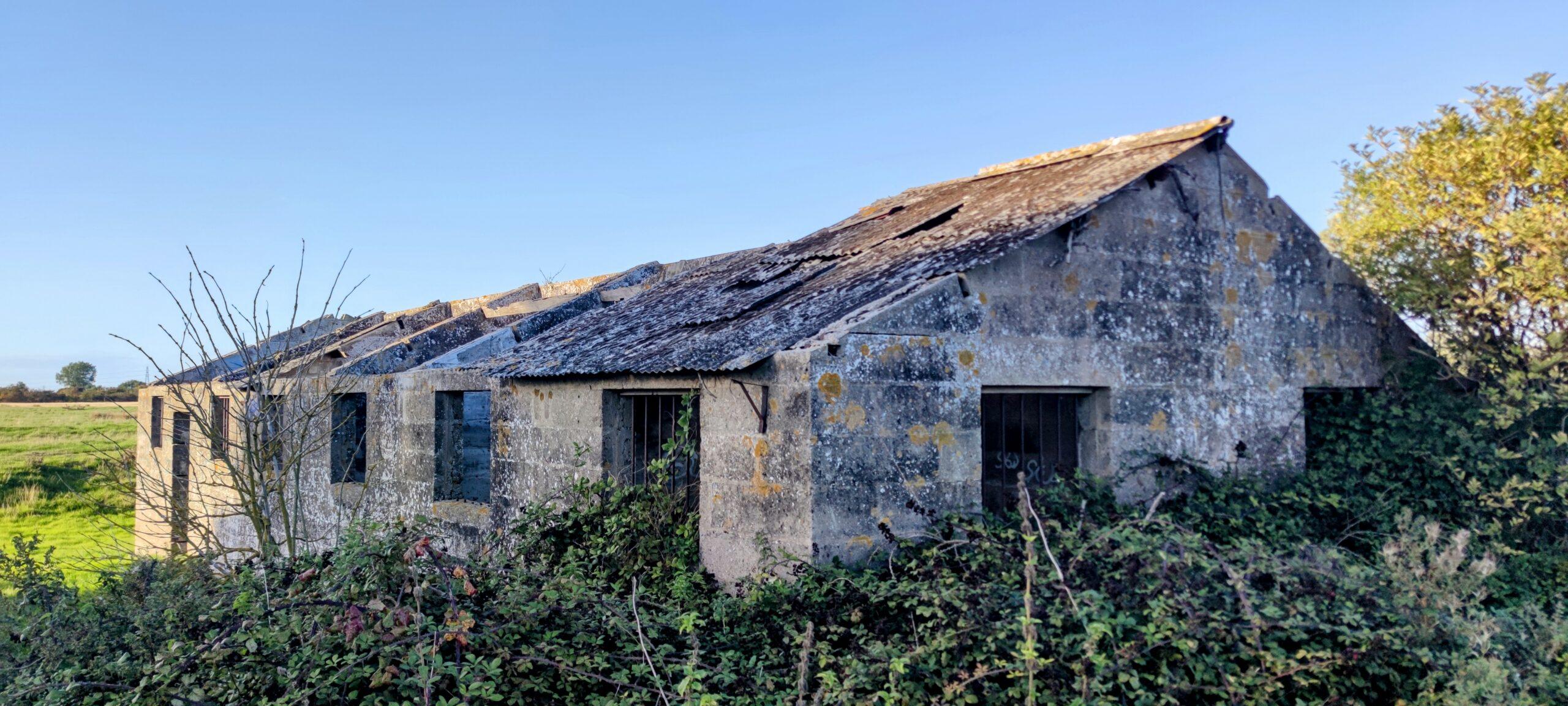
At the end of the war, the port and associated buildings and camps fell into disuse, however, in 1938, Sandwich received more than 5000 Jewish and political refugees from Germany, Austria and Czechoslovakia, who were housed in the camps.
In 1942 Richborough Port became H.M.S Robertson- a post of the Royal Marines, bringing the port into action one again. Part of the Mulberry Harbour, which was towed to Normandy for the D-Day attack, was built at the port by the Royal Engineers.
Richborough Prison
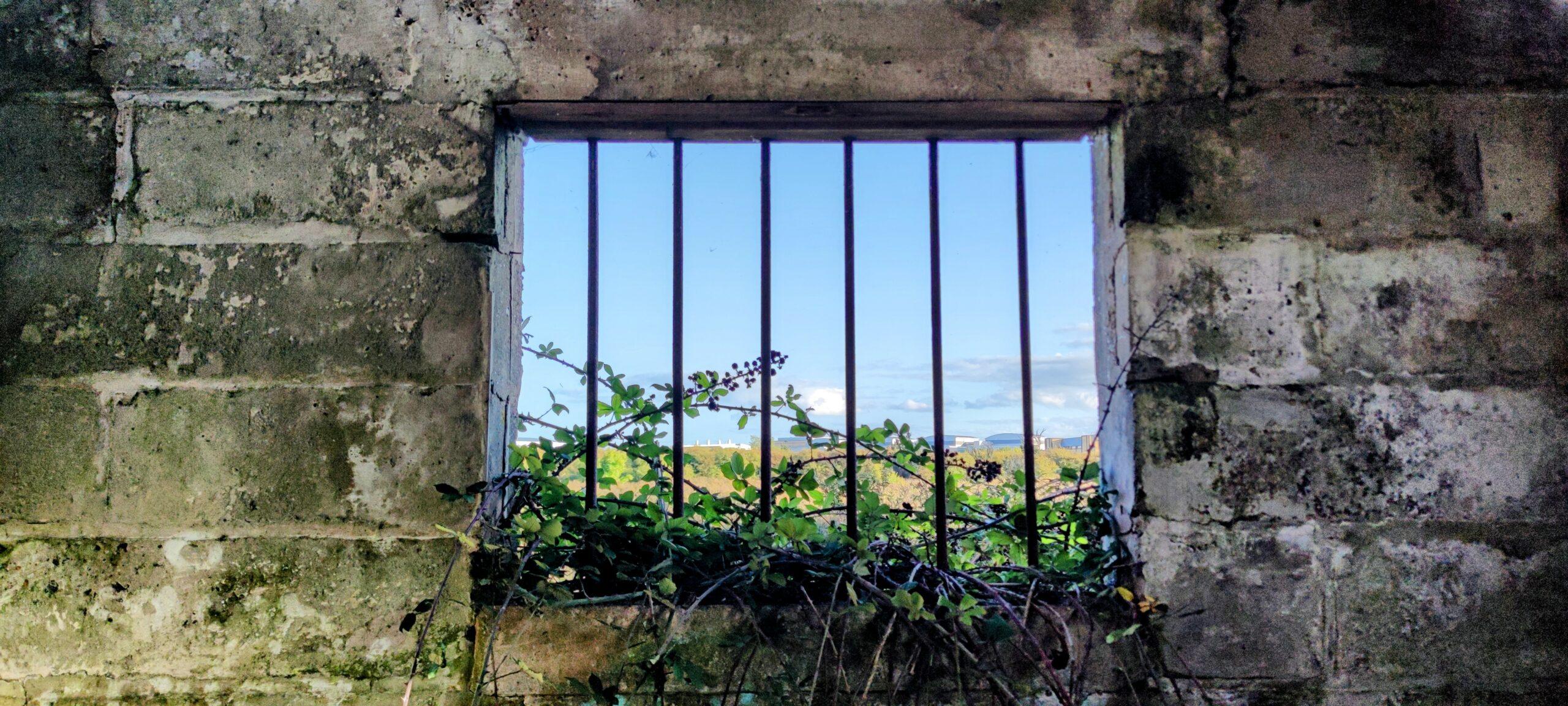
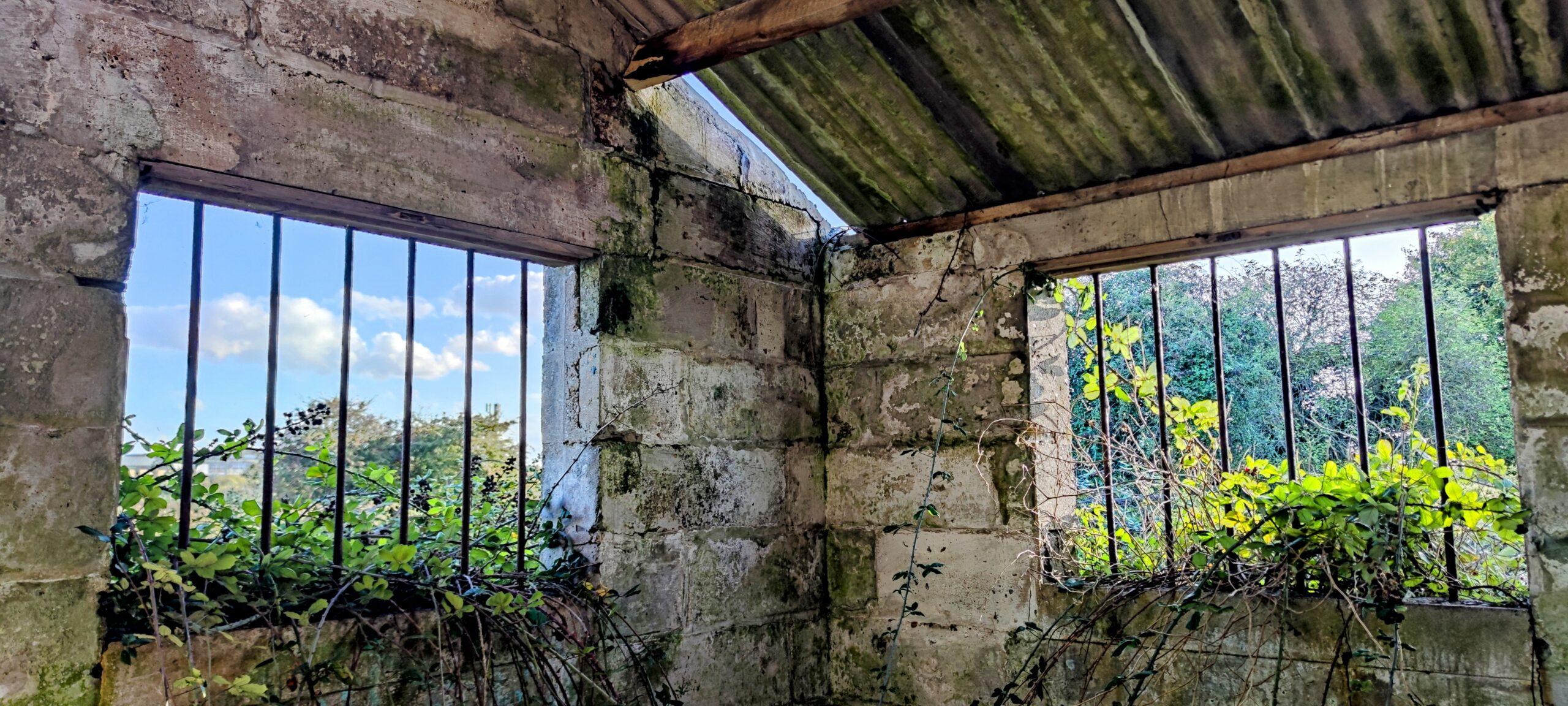
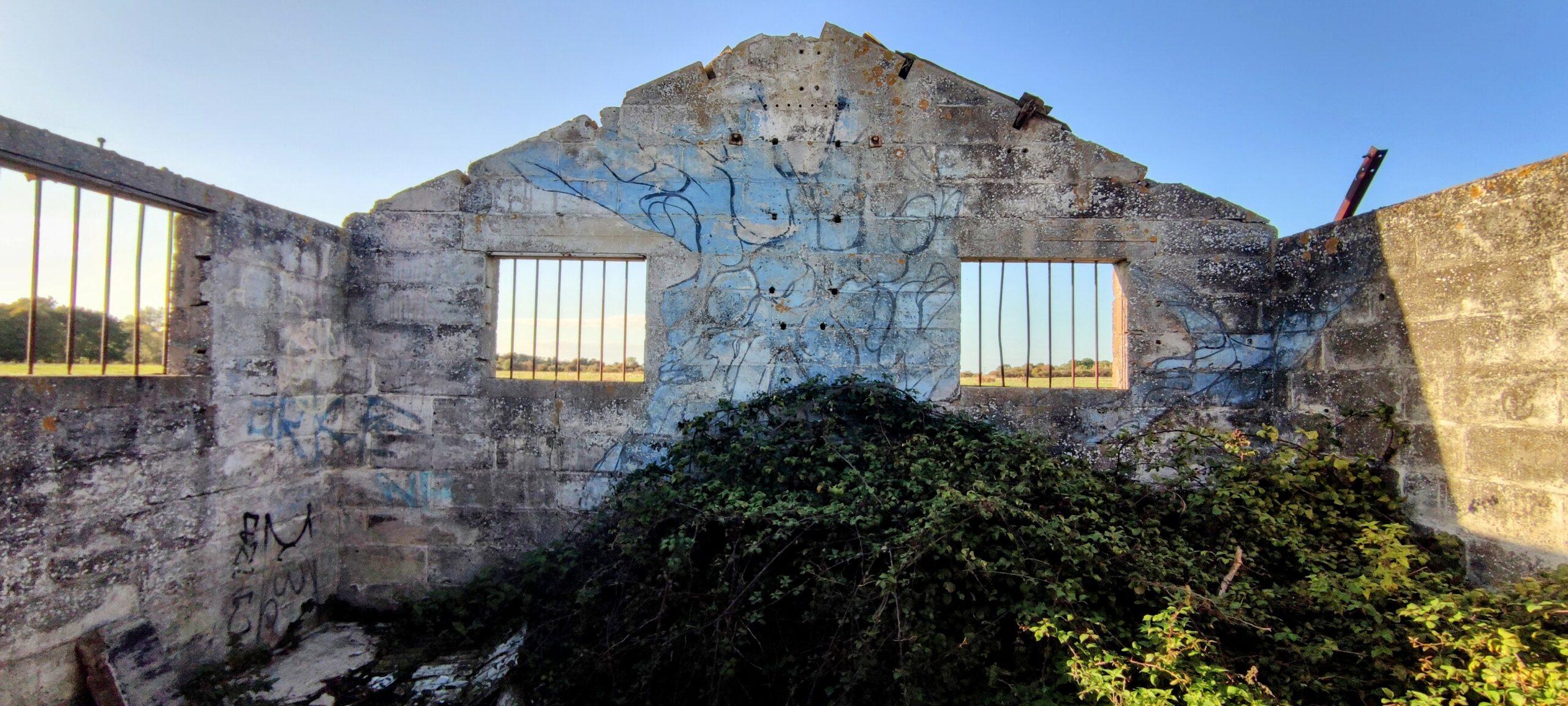
Today much of the previous site makes up a science park and pharmaceutical factory, with the rest returned to nature. All that remains is this eerie single story block-built building, with bars in the windows and a decaying asbestos roof.
This was once the detention centre of the secret harbour, made for British soldiers stationed at the port, who had broken rules. The main area of the building is made up of a corridor with five small cells on either side. There is some impressive modern graffiti on the site, but more interesting is the older graffiti, etched into the walls by prisoners.
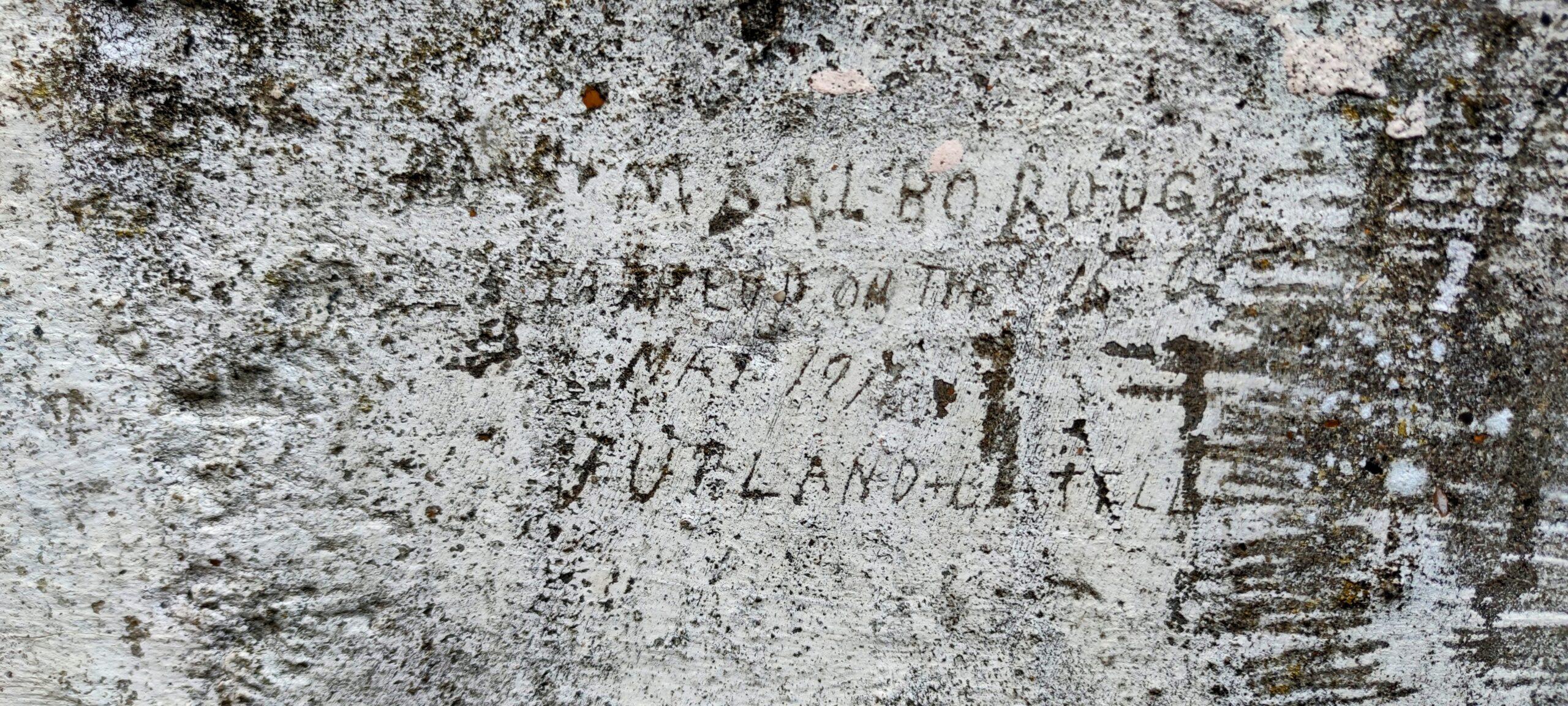
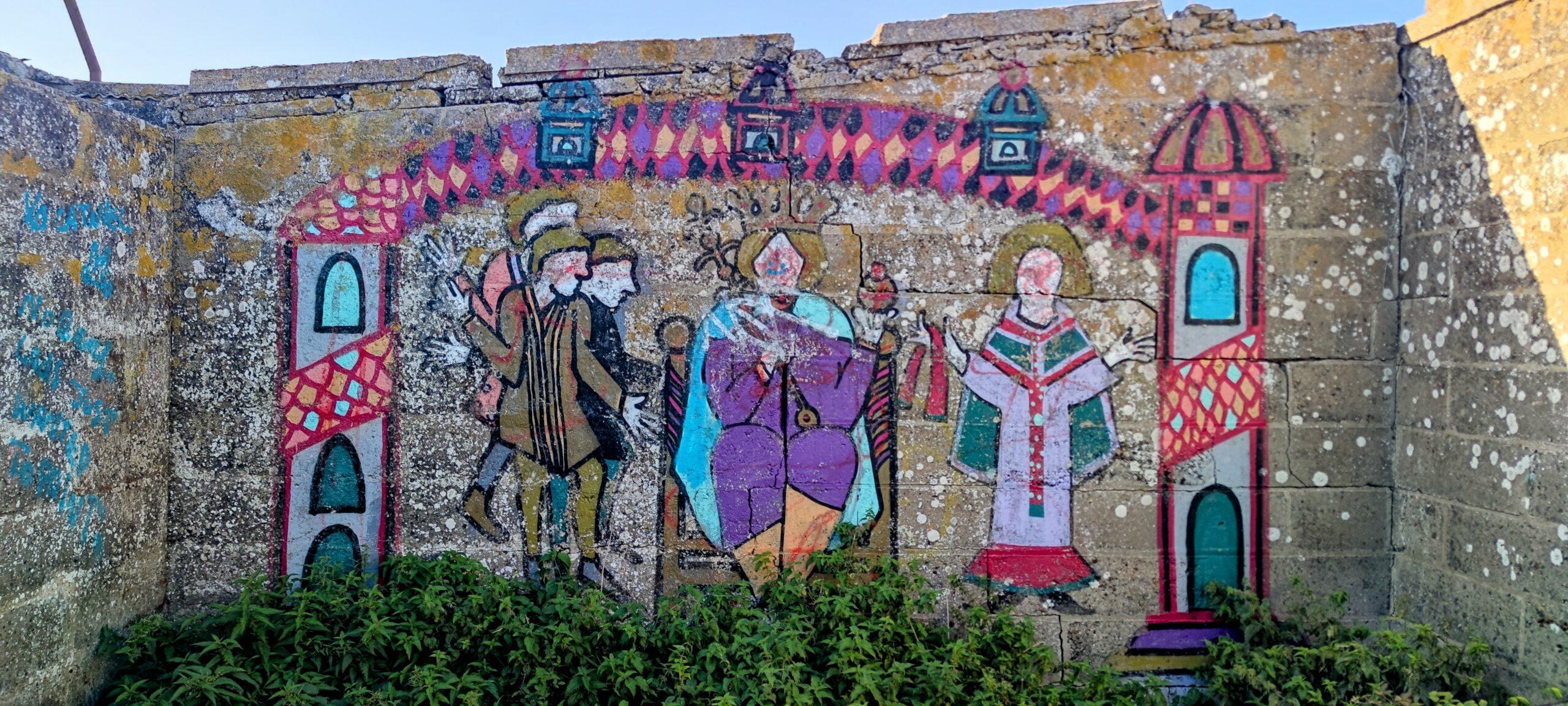


A house carved into one cell wall is distinctively European looking, and impressive research by Tijana Cvetkovic on Citizan.org.uk draws the following conclusions
“The graffiti of the house had a seemingly illegible text under it but we concluded it was not written in English and hoped to have German words in front of us. And then, during the evening, I created a black and white version of the same photograph which revealed the word ‘Amtshaus’. My excitement about having German writing here was enormous. In German the word describes a state administration facility, an office building responsible for tasks of the public administration, also being the historical name for a building, retained after the change in function.
But my excitement grew, during same evening while searching the internet for existing examples, I saw for the first time Knochenhauer Amtshaus in Hildesheim, in the federal state of Lower Saxony, in Germany. Similarities in the number of floors, the jettying and also in the gable end with what may be the three little pointed windows, the similar look of the main door of the building, part of another building to the left and one more building on the right separated and at an angle, strengthened the belief that I had found the same place.”
This suggests that there was a German prisoner held in the detention centre- unknown to history books and records of the port.
Another piece of notable graffiti is the name of HMS Marlborough and the Jutland ‘batell.” Could this have been scratched into the wall by someone who served on that ship? Or were they imprisoned here when news of that battle broke?
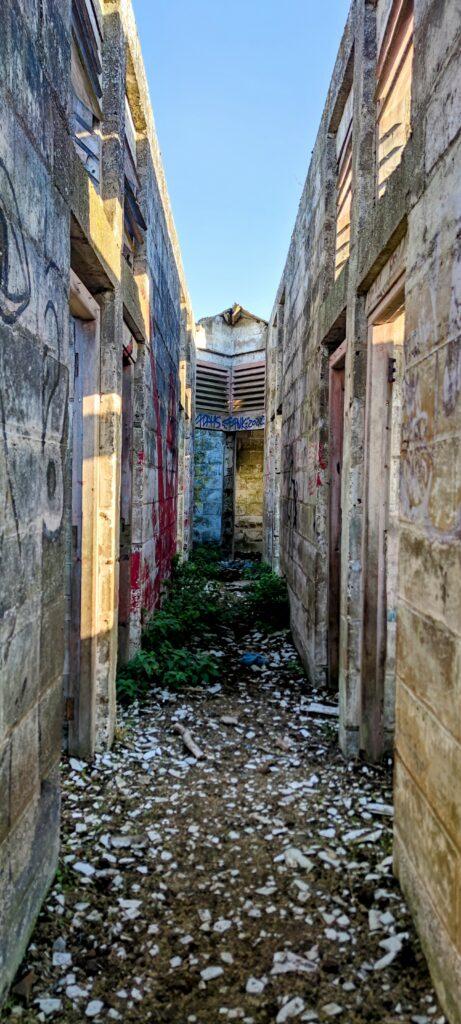
Last Updated on 19 December 2024 by Michael

